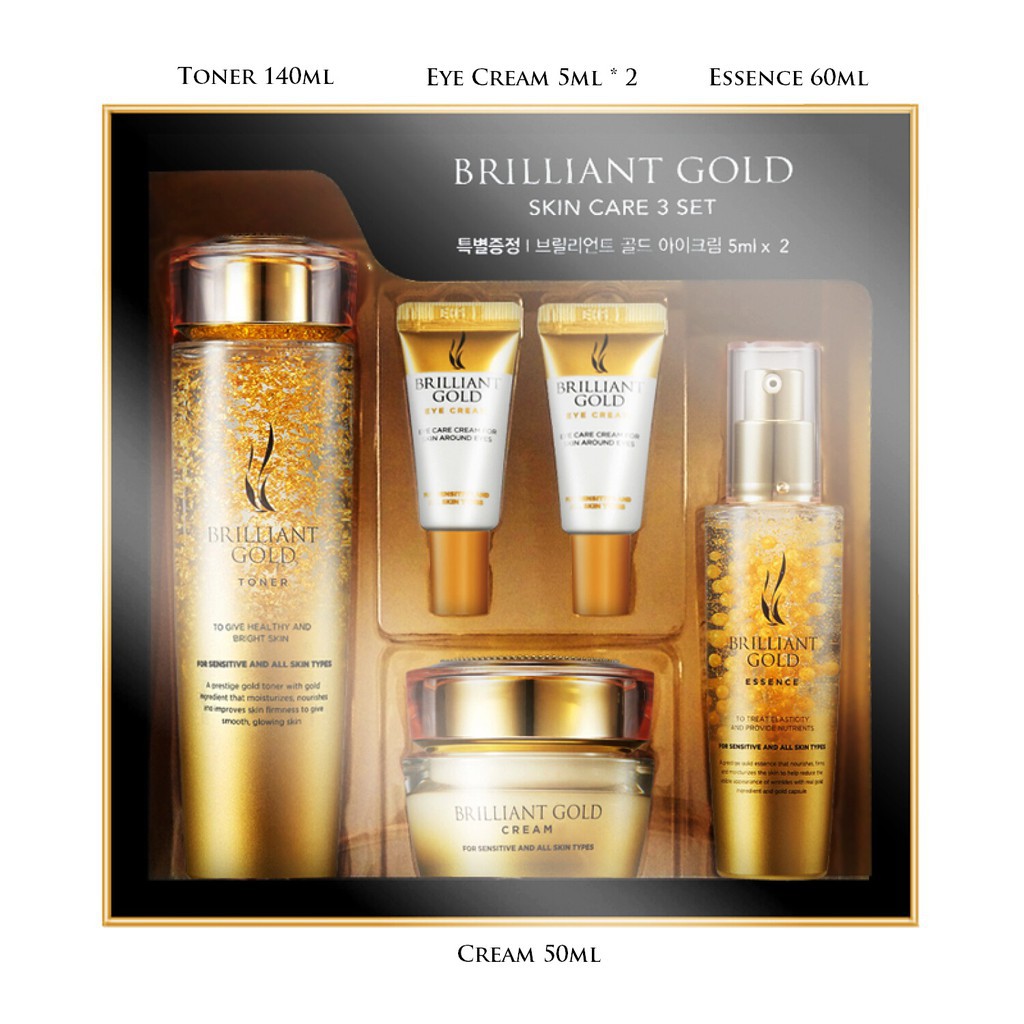
#Silica in skin care skin#
If there are ingredients in a formula that aren’t compatible with oily, breakout-prone skin types, the silicone ingredients may facilitate a blockage in the pore lining. They can increase the penetration of some other ingredients, which could lead to clogged pores.Silicones can increase penetration of other ingredients.*.Silicones help prevent transepidermal water loss (TEWL) to keep skin feeling moist.


 They can protect the skin from environmental pollutants by creating a “breathable” barrier over the skin that still allows nitrogen, oxygen, and water vapors to pass through. They feel lightweight and non-greasy, making them ideal for oily skin types. Silicones can help manage flakiness and cracking associated with eczema and psoriasis. They can offset dryness caused by harsh acne products. They’re hypoallergenic and won’t sensitize the skin. Silicones diffuse light to soften the look of lines, wrinkles, and pores. They help deposit active ingredients evenly across the skin. They deliver a smooth, soft, and velvety texture to the skin. You can correlate volatility with weight. Usually, smaller molecules want to be airborne (example: isopropyl alcohol) and the heavier ones don’t (example: Vaseline). It’s the speed of the ingredient evaporation. *Volatility can best be described as the degree to which a molecule wants to be airborne into the atmosphere. Not all silicones remain on the skin after they’re applied due to different rates of volatility.*. They offer far more benefits than risks. They’re a class of ingredients, which is why you’ll never just see the word “silicone” listed on a product. So, basically, it depends on the specific silicone ingredient (more on that in a minute). This can potentially exacerbate breakout conditions. It’s true that when applied to the skin’s surface, SOME oils, emollients, and silicones further coat these follicle walls. Once this happens, blemish-causing bacteria are able to thrive. Then, they get coated in oil and become trapped in the follicle walls. It all comes down to cell buildup and an overproduction of oil. We also need to consider the science behind breakouts and how they happen in the first place. A product or ingredient that causes comedones to develop is considered comedogenic. Essentially, comedogenicity refers to how likely certain topical agents (primarily emollients) are to cause closed comedones or clogged pores. “Comedogenic” is a technical term for “pore-clogging.” Since many of my products are designed to benefit breakout-prone skin, I’ve studied comedogenicity quite extensively in cosmetic chemistry courses as well as in the lab when formulating products. Are Silicones Comedogenic?Ĭomedogenicity is a term that gets thrown around a lot in skincare, so first, let me define what it actually means. As I said before, it all comes down to the type of silicone used and the other ingredients used in the formula. You can rest assured that a product isn’t unsafe or ineffective just because it contains silicone ingredients. “I disagree with this theory given the amount of data on silicones compared to many other natural ingredients that are considered clean, yet have little data to support this.” “With the clean beauty movement, some companies deem silicone-containing products as not fitting their clean standards,” Robinson said. I spoke with Ron Robinson, a cosmetic chemist and founder of Beauty Stat about the safety of silicones. Are Silicone Ingredients Safe?ĭespite recent confusion, silicones are very safe ingredients. In fact, most silicones are agreeable to breakout-prone skin! It all comes down to which kind you use and what other ingredients are included in the formula, as I’ll explain. The simple answer is no, silicone ingredients don’t necessarily cause breakouts.
They can protect the skin from environmental pollutants by creating a “breathable” barrier over the skin that still allows nitrogen, oxygen, and water vapors to pass through. They feel lightweight and non-greasy, making them ideal for oily skin types. Silicones can help manage flakiness and cracking associated with eczema and psoriasis. They can offset dryness caused by harsh acne products. They’re hypoallergenic and won’t sensitize the skin. Silicones diffuse light to soften the look of lines, wrinkles, and pores. They help deposit active ingredients evenly across the skin. They deliver a smooth, soft, and velvety texture to the skin. You can correlate volatility with weight. Usually, smaller molecules want to be airborne (example: isopropyl alcohol) and the heavier ones don’t (example: Vaseline). It’s the speed of the ingredient evaporation. *Volatility can best be described as the degree to which a molecule wants to be airborne into the atmosphere. Not all silicones remain on the skin after they’re applied due to different rates of volatility.*. They offer far more benefits than risks. They’re a class of ingredients, which is why you’ll never just see the word “silicone” listed on a product. So, basically, it depends on the specific silicone ingredient (more on that in a minute). This can potentially exacerbate breakout conditions. It’s true that when applied to the skin’s surface, SOME oils, emollients, and silicones further coat these follicle walls. Once this happens, blemish-causing bacteria are able to thrive. Then, they get coated in oil and become trapped in the follicle walls. It all comes down to cell buildup and an overproduction of oil. We also need to consider the science behind breakouts and how they happen in the first place. A product or ingredient that causes comedones to develop is considered comedogenic. Essentially, comedogenicity refers to how likely certain topical agents (primarily emollients) are to cause closed comedones or clogged pores. “Comedogenic” is a technical term for “pore-clogging.” Since many of my products are designed to benefit breakout-prone skin, I’ve studied comedogenicity quite extensively in cosmetic chemistry courses as well as in the lab when formulating products. Are Silicones Comedogenic?Ĭomedogenicity is a term that gets thrown around a lot in skincare, so first, let me define what it actually means. As I said before, it all comes down to the type of silicone used and the other ingredients used in the formula. You can rest assured that a product isn’t unsafe or ineffective just because it contains silicone ingredients. “I disagree with this theory given the amount of data on silicones compared to many other natural ingredients that are considered clean, yet have little data to support this.” “With the clean beauty movement, some companies deem silicone-containing products as not fitting their clean standards,” Robinson said. I spoke with Ron Robinson, a cosmetic chemist and founder of Beauty Stat about the safety of silicones. Are Silicone Ingredients Safe?ĭespite recent confusion, silicones are very safe ingredients. In fact, most silicones are agreeable to breakout-prone skin! It all comes down to which kind you use and what other ingredients are included in the formula, as I’ll explain. The simple answer is no, silicone ingredients don’t necessarily cause breakouts. 
Some people say they clog pores and should be avoided at all costs, but what’s the truth? Keep reading for a crash course on silicones in skincare! Do Silicone Ingredients Cause Breakouts? One class of ingredients that has a particularly bad reputation for causing breakouts is silicones. You want to avoid potentially pore-clogging ingredients and understandably so. If you’re prone to breakouts, you surely pay attention to ingredient labels when you’re buying new skincare products.








 0 kommentar(er)
0 kommentar(er)
